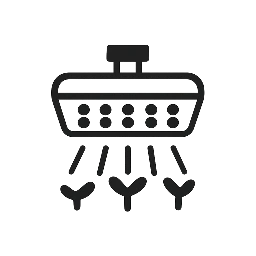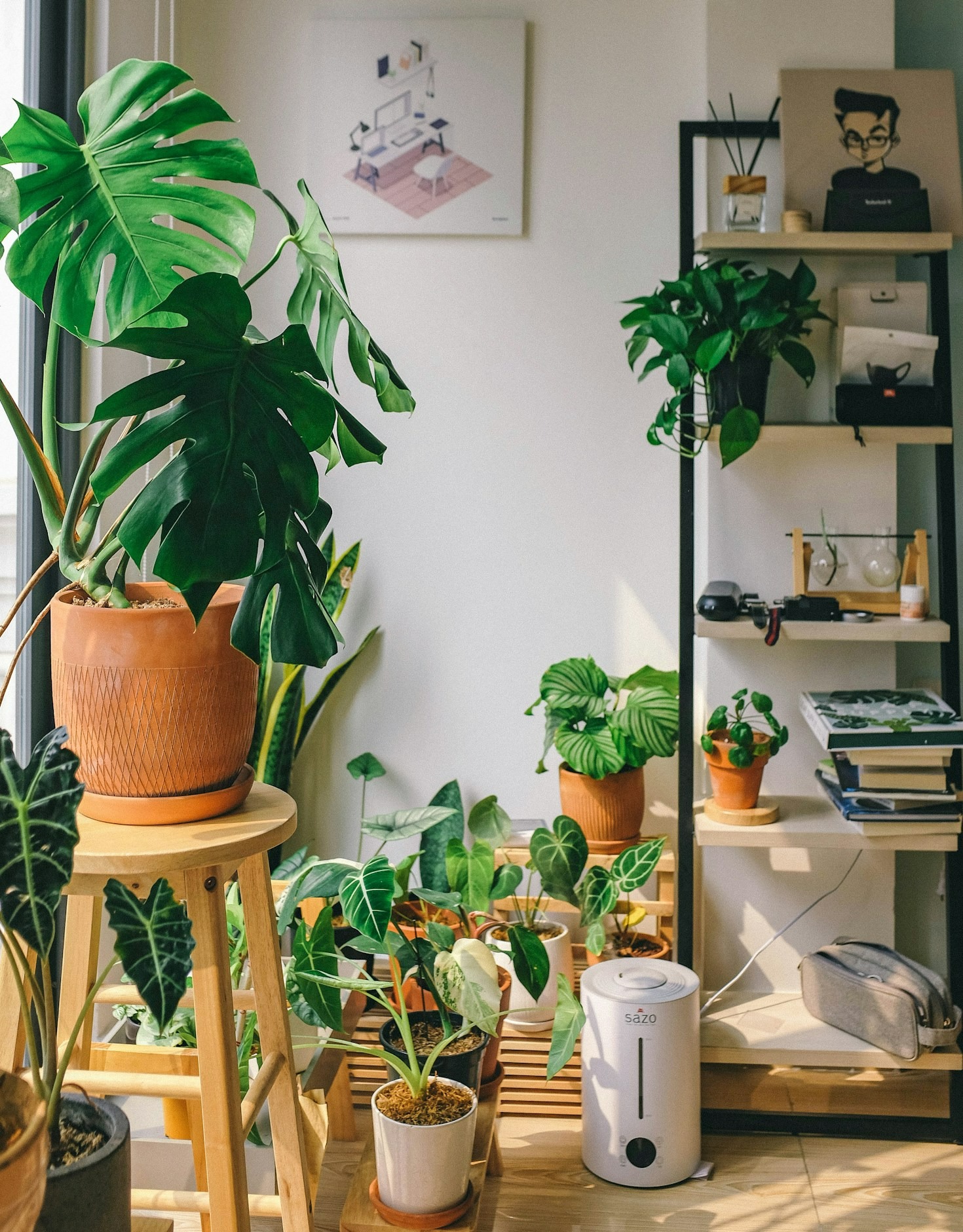Indoor gardening is becoming more popular than ever, and one of the most important tools for success is the grow light. Choosing the right grow light can make the difference between weak, struggling plants and healthy, thriving ones. With so many options available, it can be overwhelming to decide which grow light is best for your plants. In this guide, we’ll break down everything you need to know to make the right choice.


1. Understand Your Plant’s Needs
Different plants have different light requirements. For example:
- Leafy greens (like lettuce or spinach) thrive under blue spectrum light.
- Flowering and fruiting plants (like tomatoes or peppers) need more red spectrum light.
- Houseplants (such as pothos or snake plants) usually require moderate, balanced light.
Knowing what your plants need is the first step in choosing the right grow light.
2. Types of Grow Light
There are several types of grow light on the market, each with its pros and cons:
- LED Grow Light: Energy-efficient, long-lasting, and versatile. They provide a full spectrum of light, making them ideal for most indoor gardeners.
- Fluorescent Lights (CFL or T5): Affordable and good for seedlings or small plants, but less powerful than LEDs.
- High-Intensity Discharge (HID) Lights: Very powerful and effective for large-scale growing, but they consume more energy and generate more heat.
For most home gardeners, LED grow lights are the best balance of efficiency, spectrum, and durability.
3. Consider Light Spectrum
While it’s common knowledge that plants use red and blue light, the full story of the light spectrum is far more nuanced and powerful. Think of spectrum not just as fuel, but as a sophisticated control panel that can dictate your plant’s structure, health, and yield. Modern full-spectrum LEDs are designed to mimic the sun, providing a complete range of light that your plants have evolved to use.
The Science of Spectrum: A Deeper Dive
- Blue Light (400-500 nm): The Vegetative Architect
Often called the “growth” light, blue spectrum is crucial during the seedling and vegetative stages. It promotes:- Compact, Bushy Growth: Encourages short internodal spacing, preventing plants from becoming “leggy” or stretched.
- Strong Root Development: Fuels the establishment of a robust root system.
- Leaf & Stomatal Regulation: Influences leaf thickness and the opening of stomata, where gas exchange occurs.
- Red Light (600-700 nm): The Flowering Trigger
Red light is the primary driver for the flowering and fruiting stages. Its effects include:- Stem Elongation & Canopy Stretch: Signals to the plant that it’s time to grow taller and seek out competing plants.
- Bud & Flower Formation: Specifically, wavelengths around 660nm (deep red) are highly effective at initiating and sustaining bloom.
- Far-Red Light (700-800 nm): A fascinating subset of red, far-red plays a unique role in influencing flowering time and plant shape through the “shade avoidance” response, helping to maximize harvests in advanced setups.
- The Unsung Heroes: Green & White Light
Contrary to old beliefs, green light (500-600 nm) is not merely reflected. It penetrates deeper into the plant canopy, supporting the lower leaves that red and blue spectra cannot reach effectively. This leads to more uniform growth and higher overall photosynthetic efficiency.
Why Full-Spectrum LED Grow Lights are the Gold Standard
For the vast majority of indoor gardeners, a full-spectrum LED grow light is the most intelligent and effective choice. Here’s why:
- Versatility for All Stages: You don’t need separate lights for seedlings and flowering. A full-spectrum light provides a balanced “sun-like” recipe that supports a plant from its first leaf to its final harvest.
- Superior Plant Health & Quality: By providing a complete range of wavelengths, you encourage not just growth, but also the development of robust terpenes (for flavor and aroma), antioxidants, and overall plant resilience.
- Human-Friendly & Diagnostic: The balanced white light of modern full-spectrum LEDs makes it easy to visually inspect your plants for pests, diseases, or nutrient deficiencies without the distortion of blurple (blue & red) lights.
👉 Pro Tip: When choosing a light, look for a high Color Rendering Index (CRI) of 90+. This indicates a truer, more balanced full spectrum that closely replicates natural sunlight, benefiting both your plants and your ability to care for them.ow light is the most flexible option.
4. Calculate Light Intensity and Coverage
The strength of the light and the area it covers are crucial:
- Small houseplants may only need a low-wattage grow light.
- Larger collections or vegetable gardens require more powerful fixtures.
- Always check the manufacturer’s recommended coverage area to make sure your plants are receiving adequate light.
Pro tip: Keep your grow light at the recommended distance to avoid burning your plants or leaving them under-lit.
5. Energy Efficiency and Budget for Grow Light
When choosing a grow light, balance upfront cost with long-term savings:
- LEDs may cost more initially, but they last longer and use less energy.
- Fluorescents and HIDs are cheaper to buy, but they will increase your electricity bill over time.
If you want sustainable indoor gardening, an LED grow light is a smart investment.
Conclusion
Choosing the right grow light for your plants comes down to understanding their specific needs, selecting the correct spectrum, ensuring proper coverage, and balancing your budget. Whether you’re nurturing a few houseplants or managing an indoor vegetable garden, the right grow light will help your plants grow healthier and stronger.
👉 Ready to upgrade your indoor gardening? Explore our range of grow lights designed for every type of plant and growing environment.


Leave a Reply